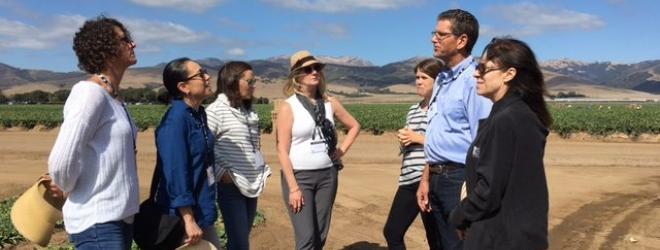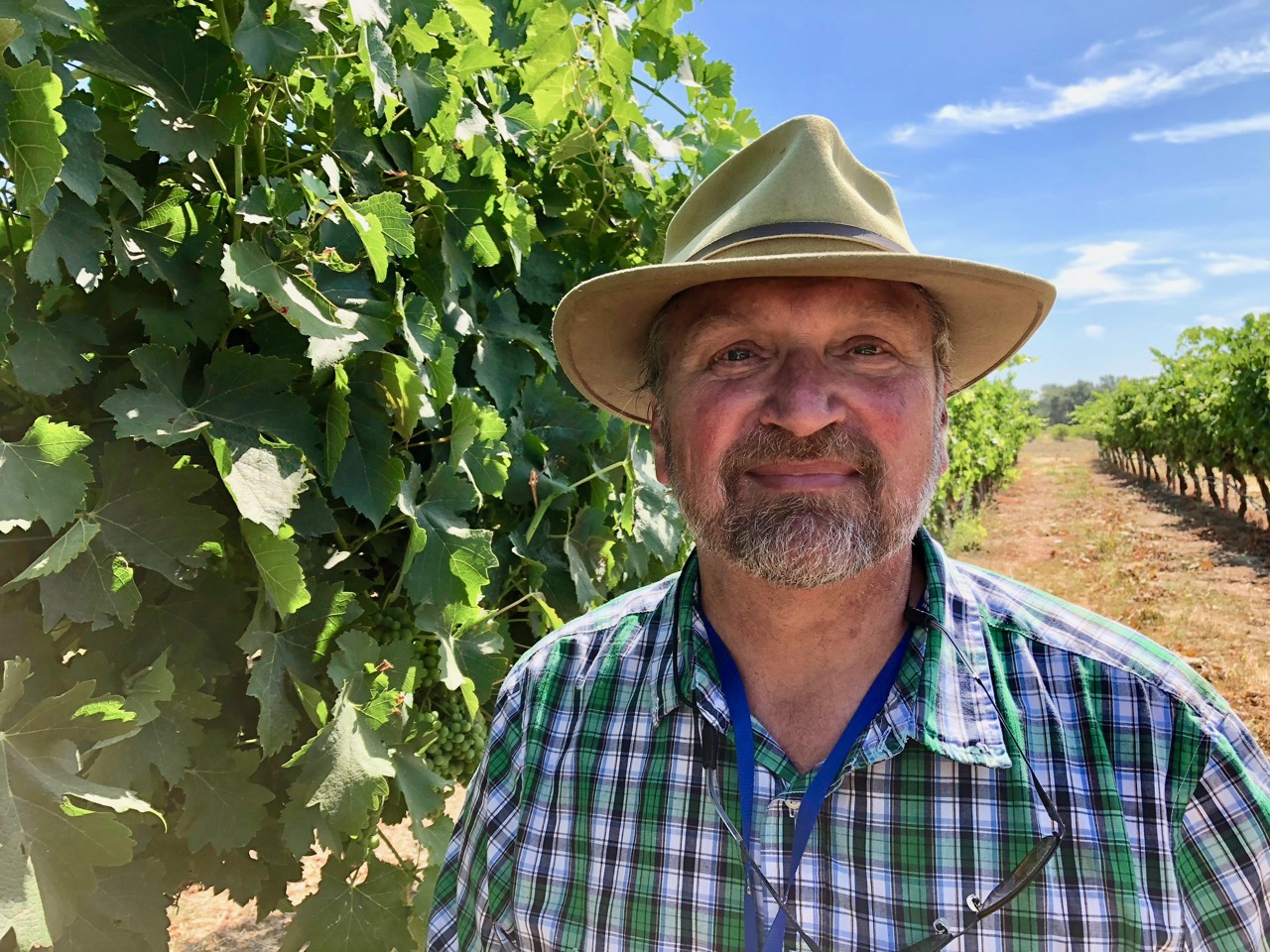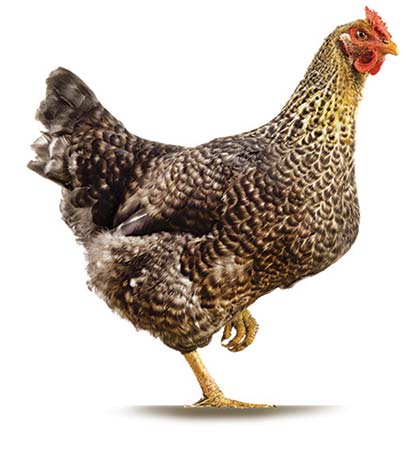Children Lacking Fruits and Vegetables
Centers For Disease Control Note Only 1 in 10 Children Are Eating Enough Produce
By Jessica Theisman, Associate Editor
A recent study found that over a quarter of young children do not consume a single serving of fruits and vegetables on a daily basis. That news is alarming for Teresa Thorne, executive director of the Alliance for Food and Farming in Watsonville.
The CDC releases consumption data every other year. At any age, only one in 10 people is eating enough fruits and vegetables every day.
“When you see a study like this and it talks about toddlers, children, and their lack of consumption, it is disturbing,” Thorne said.
Fruits and vegetables are not a current trend, but that is why it is important to make sure that there is an abundance of affordable and acceptable fruits and vegetables for parents to provide to their children.
“This is alarming because many children develop their eating habits around the age of two, and these habits will carry on into the rest of their lifetime,” Thorne explained.
In the study, the authors did some simple suggestions for parents in terms of helping parents to incorporate fruits and vegetables in the diet.
“The most important thing I thought was interesting is that it can take up to 10 times for a kid to adjust to a food and say, ‘oh yeah, I like that,’ ” Thorne said. “So be persistent again and keep trying.”
For more information, visit SafeFruitsAndVeggies.com.






















